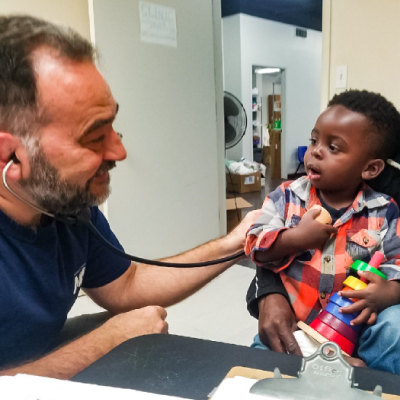- Who We Are
- Clinician Employment
- Publications
- Witness to Witness (W2W)
- El Premio Kugel & Zuroweste a la Justicia en la Salud
- Your Voice Matters: Photovoice Project
Thu, 11/19/2015 | by Claire Hutkins Seda

 In 2013, Migrant Clinicians Network created a working group in response to a growing concern throughout Mesoamerica: Why are young men coming into emergency rooms and clinics with cases of chronic kidney disease with no known risk factors? And, critically, is this disease prevalent among migrants to the US? Now, we are asking your help to answer these questions.
In 2013, Migrant Clinicians Network created a working group in response to a growing concern throughout Mesoamerica: Why are young men coming into emergency rooms and clinics with cases of chronic kidney disease with no known risk factors? And, critically, is this disease prevalent among migrants to the US? Now, we are asking your help to answer these questions.
In the last two decades, chronic kidney disease of nontraditional cause (CKDnT) has killed over 20,000 people in Central America alone, with its highest impact among sugarcane cutters. The disease is disproportionately hitting otherwise healthy young men who do not have hypertension or diabetes. What’s more, “onset appears to be rapid, with stage-three CKD not uncommon in men in their twenties,” said Jason Glaser, co-founder and CEO of La Isla Foundation, in a recent briefing.
“The morphology of the disease is significantly different than traditional CKD,” Glaser continued. “It is consistent with the type of damage associated with dehydration, heat stress, and toxin exposure being tubulointerstitial in nature with glomerulosclerosis appearing to be secondary.”
Although the disease has reached epidemic proportions in Mesoamerica, and seems concentrated among sugarcane workers, it’s been reported in many other countries in recent years and among various agricultural and industrial workers, including rice farmworkers, coconut farmworkers, salt miners, gold miners, cotton workers, port workers, and construction workers, with reports (either official and anecdotal) from Egypt, Sri Lanka, India, Thailand, Ecuador, Brazil, and the US.
The most hard-hit demographic -- young men from Mexico and Central America -- comprises a large portion of the US migrant agricultural worker population. Recognizing CKDnT as an emerging issue for the US, MCN has established a working group to help broaden the agency’s understanding of the issues and the impact of CKDnT on US migrant workers. The working group includes La Isla Foundation, Instituto Nacional de Salud Pública, Workers Defense Project, San Diego State University, and the University of Texas Science Center at Houston School of Public Health. Most recently, the working group and the National Agricultural Workers Survey are looking at how to use the NAWS to provide insight into the prevalence of CKD in the agricultural worker population. The working group’s next step is to assess the occurrence of CKDnT in US health centers.
Are you seeing chronic kidney disease of nontraditional causes without concomitant diabetes or hypertension in your clinic? Have you heard about this issue in your community?
We invite you to participate in our very short survey of migrant clinicians and other health workers about chronic kidney disease of nontraditional causes in the US.
Click here for survey!
Like what you see? Amplify our collective voice with a contribution.
Return to the main blog page or sign up for blog updates here.







